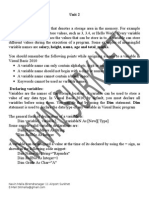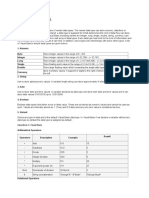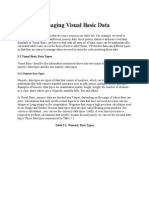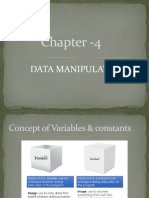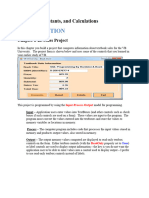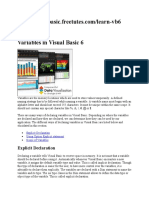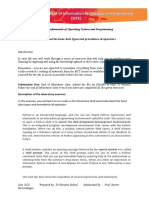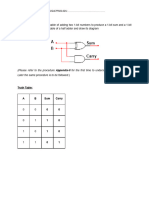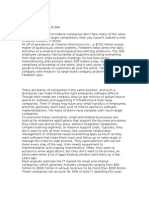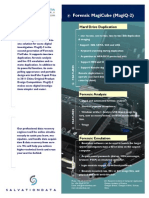0% found this document useful (0 votes)
29 views9 pagesVariable and Constant - Javatpoint
The document provides an overview of variables and constants in VB.NET, detailing how to declare, initialize, and use them within programs. It explains the concepts of lvalues and rvalues, as well as the scope of variables, including procedure, module, and global scopes. Additionally, it includes examples and syntax for variable and constant declarations, initialization, and user input handling.
Uploaded by
PHẠM HỮU ÁICopyright
© © All Rights Reserved
We take content rights seriously. If you suspect this is your content, claim it here.
Available Formats
Download as PDF, TXT or read online on Scribd
0% found this document useful (0 votes)
29 views9 pagesVariable and Constant - Javatpoint
The document provides an overview of variables and constants in VB.NET, detailing how to declare, initialize, and use them within programs. It explains the concepts of lvalues and rvalues, as well as the scope of variables, including procedure, module, and global scopes. Additionally, it includes examples and syntax for variable and constant declarations, initialization, and user input handling.
Uploaded by
PHẠM HỮU ÁICopyright
© © All Rights Reserved
We take content rights seriously. If you suspect this is your content, claim it here.
Available Formats
Download as PDF, TXT or read online on Scribd
/ 9







